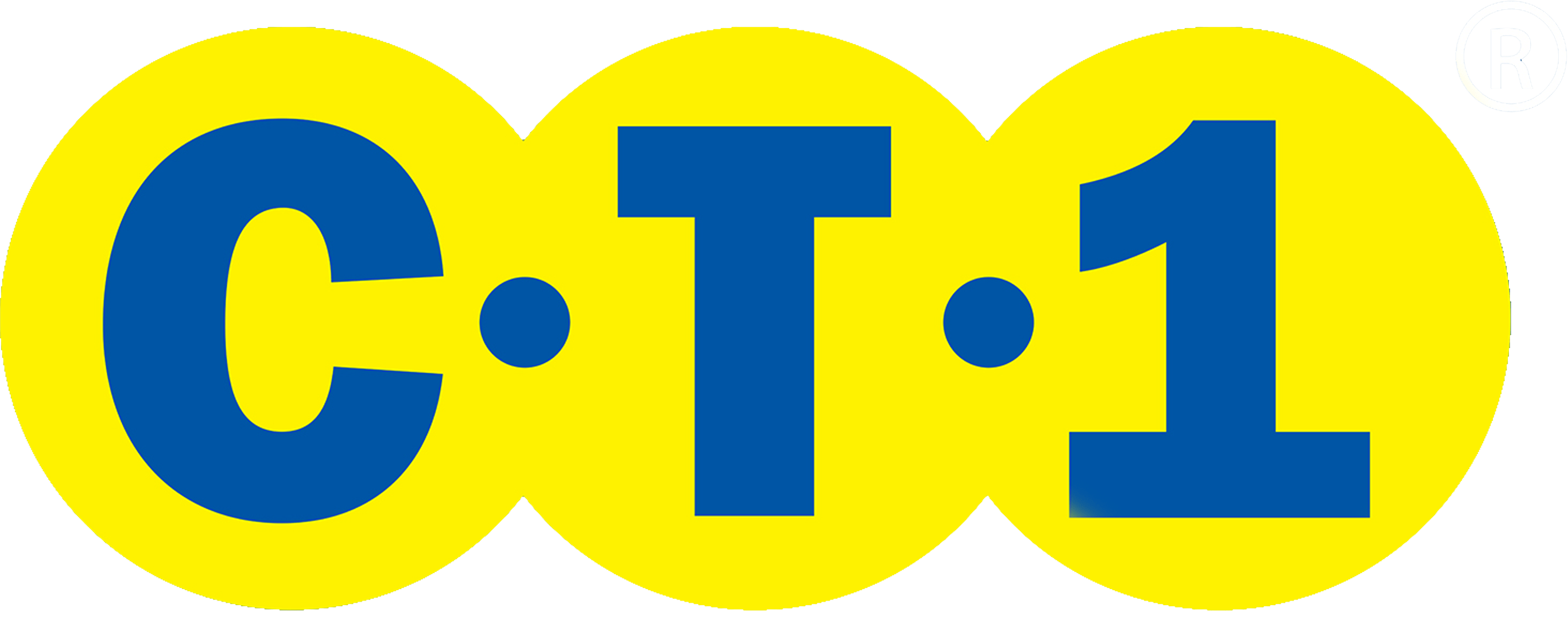Bonding lead flashing with traditional adhesives opens it up to damage and failure in the future. Lead flashing is the thin pieces of material that prevents water from accessing the joint. It’s used as part of the water-resistant barrier and requires a waterproof sealant to bond successfully. Existing adhesives are simply not up to the job. Thankfully, C-TEC has the ideal solution for bonding lead flashing and that is CT1, the ultimate construction adhesive, filler and sealant.
Existing adhesives usually provide a quick fix solution to the problem. But these bonds never last and the job will must be re-visited. This type of adhesive is usually two component based. Solvent adhesives require a perfectly dry surface in order to carry out the bond successfully. If there was any dampness present, the bond simply would not work. This is of course a major drawback since most of us live in temperamental and wet climates, which makes it difficult to carry out lead flashing bonding.
In addition to this drawback, traditional construction adhesives were always very messy to work with and would get everywhere (including other areas of the roof and all over your clothes!) Such a messy product required additional leg work when it came to clean-up after bonding the lead. Another huge disadvantage of this type of adhesive is the fact that they are usually very slow to cure. This lengthens the entire process and wastes more time and energy to complete the project. Two component adhesives cure rigid, which is not ideal when bonding lead because a flexible bond is usually necessary.
Bonding Lead Flashing with CT1
Instead of wasting your time with poor-quality construction adhesives, use CT1, the ultimate industrial adhesive to bond lead flashing. This revolutionary product creates strong and formidable bonds between a variety of materials. This includesstone, lead, flashing, wood, glass, tiles, mirror, wood and tiles. Unlike traditional adhesives, CT1 does not require dry surfaces to work properly. It’s waterproof feature means you can use it at any time of the day and during any weather imaginable. It even works under water and for boating maintenance repairs.
It has an elongation rate of 350% and provides an excellent, flexible bond between two materials. This makes it perfect for lead bonding because roofs are often subject to movement, whether that be from strong winds or other contributing factors. CT1 successfully bonds lead flashing to tiles, slates, brick and felt.






